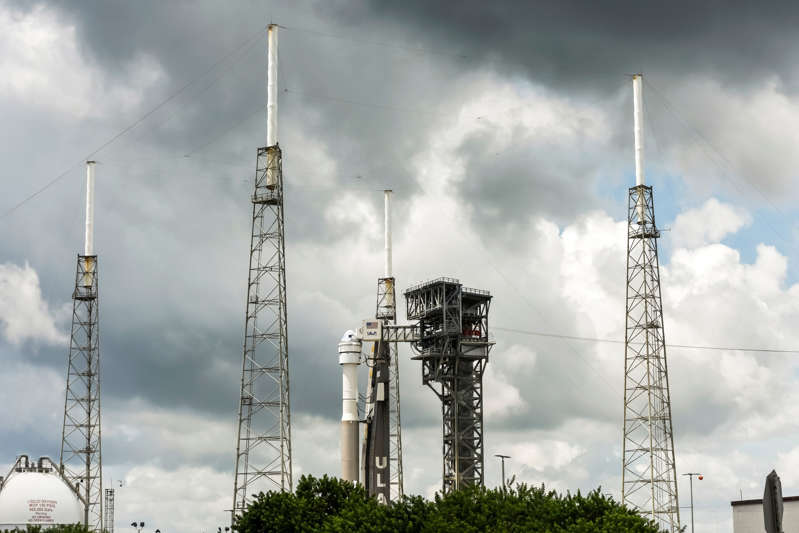
The Orbital Flight Test 2 (OFT-2) mission, which implies a second test attempt by the Starliner spacecraft without a crew to reach the International Space Station (ISS), is unlikely to take place this year, SpaceNews reports a statement from Katy Leaders, who recently led NASA's space operations directorate.
Leaders said Boeing and NASA have yet to pinpoint the exact cause of valve failures in multiple thrusters that were delaying the OFT-2 mission scheduled for August.
According to the head of the Directorate of Space Operations, “the team is still troubleshooting,” as a result of which Starliner will most likely fly to the ISS in 2022. “Last month, Boeing officials said that oxidant (dinitrogen tetroxide) seeps through the Teflon seals on the valves and interacts with moisture on the dry side of the valve to form nitric acid that eats away at the valves and causes them to close,” the newspaper writes.
Leaders added that they have studied the dry side of the valves and are currently considering removing them to examine the wet side. The head of the Directorate of Space Operations noted that the possibility of replacing the Starliner service module, which is experiencing valve problems, is being considered.
The first time Starliner tried to fly without a crew to the ISS in December 2019. This attempt was unsuccessful. Due to a software glitch, Starliner did not reach the ISS, but was able to successfully return to Earth.
This reusable spacecraft is designed to carry up to seven people to the ISS. The 13-ton Starliner is capable of staying in low-earth orbit as part of the ISS for up to 210 days, and in an unmanned autonomous flight for about three days. The spacecraft has a diameter of 4.56 meters and a height of 5.03 meters, which exceeds the dimensions of the Apollo command module, which sent the first people to the moon. One Starliner capsule allows up to ten launches into space. The landing of the spacecraft is carried out on land and involves the use of a heat shield, a parachute system and an airbag. The lead developer of Starliner is Boeing.
Currently, people are delivered to the ISS by the Russian disposable Soyuz MS spacecraft and the American reusable Crew Dragon.

